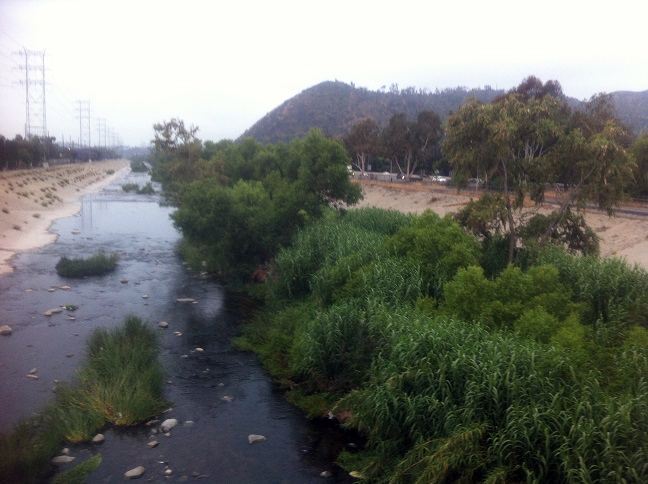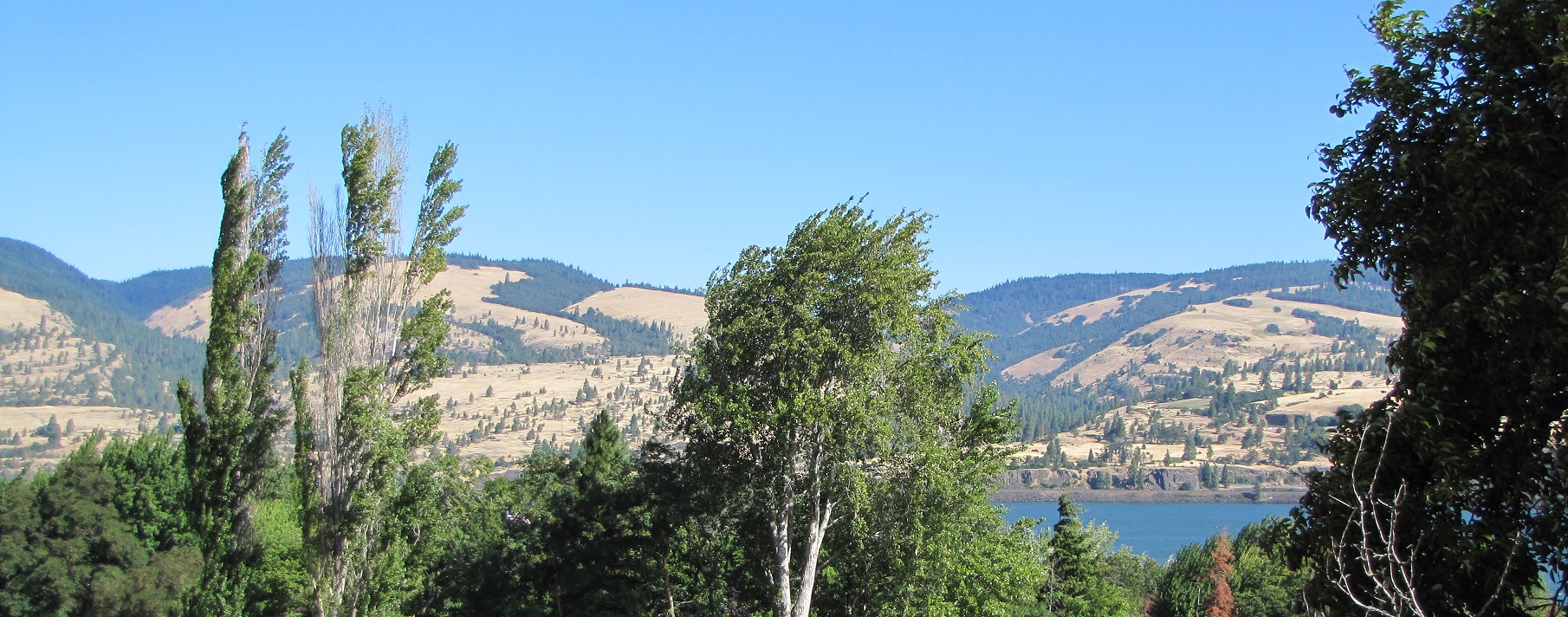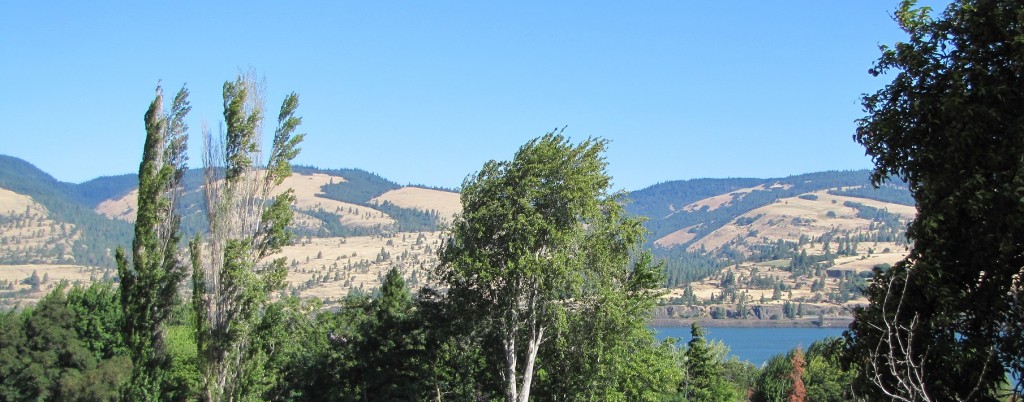I recently learned about an investigator who is compiling pterosaur sighting reports, of encounters in the United States. I encourage such research. I have hesitated making an exhaustive location-compilation myself: Some people assume that it could help predict where a modern pterosaur could be found or it could illuminate migration patterns. Probably nobody has had as much direct contact with the American eyewitnesses as I have, over the past eleven years, and it seems more likely that a compilation by location will only reveal that these flying creatures do one or both of the following:
- Ropens wander across North America
- They’re in small populations in large areas across North America
Should Locations be Kept Secret?
I see no reason that general locations should be kept secret. Unless investigators are actively searching in a precise area, why not tell the world about a pterosaur sighting in, for example, Bristol Rhode Island, in 2001? Within hours of a sighting, a ropen (or other modern pterosaur) could be many miles away, with who-knows-what destination. Within years of a sighting, a ropen could be on the other side of the planet. Who knows, except that ropen?
Do Pterosaurs Migrate?
Can we determine whether or not modern pterosaurs migrate in North America? What exactly is migration? The dictionary definition refers to travel from one country or region to another. We think of birds that migrate hundreds of miles. Here’s a catch with pterosaurs—they are not even acknowledged as presently existing, according to standard Western biology. How can a biologist be expected to put a collar on the neck of an animal that is not supposed to exist?
What about sighting reports? Can’t they help us understand migration for these featherless flying creatures? Not likely. Look at a few examples. A teenager and her dad are standing at the top of a cliff as the girl is tossing stones over the edge. A large “pterodactyl” flies off the cliff, just below the humans, soaring out over the river below. The flight direction has nothing to do with any migration; the ropen was just avoiding getting hit by a rock. Take another case: Some kids are walking through a marshy area in Cuba when a huge featherless “dinosaur” pokes its head up above the scrub grass, soon thereafter taking off into the air. That flight direction is also unrelated to any migration. The point is this: Most species of modern pterosaurs, if not all of them, are nocturnal and often seen in daylight when they are probably disturbed and awakened by something or someone. Whether called “ropens” or something else, whatever direction they fly is irrelevant to any migration, even if they do migrate. With that said, let’s look at brief accounts, across the USA.
A few Location Examples
Alabama
“. . . my husband and I saw one in Alabama a few years ago. . . . My husband and I said it looked like a dinosaur. It was flying in front of our car across an open highway. Its wingspan was probably between 8-10 feet.”
Arizona
“To whom it may concern, I have seen one of these creatures under a bridge near Tucson Az. It was a baby and was covered in soft whitish looking fur or down. The top of its head was moulting with a top knot protruding. . . . it was almost toppling over onto its face because of the incredible wingspan measuring at least 3 to 4 ft on each side” [about a seven-foot wingspan for this “baby”]
Arkansas
“My father and I saw a Huge, featherless bird in Arkansas, between Van Buran and Cedarville when I was 16. I’ve been telling people my story since. We were sitting on big rocks at a cliff about 300 foot above the river when it flew out just under us and we watched it all the way down toward the river . . .” [See the account of tossing stones, earlier in this post.]
California
“I’m almost positive what I saw fly over the freeway in Los Angeles WAS NOT a bird of any kind and matches the exact descriptions of a pterosaur except for the tail. I didn’t actually look for a tail. I was too in shock by the head crest and the wings.”
Florida
“In 1995 I was living in Pensacola Fl. I was having a yard sale, so I was in the driveway at 5 am. I saw this huge bird with bat wings, at least a 20 ft wing span, flying towards me, I just turned and ran screaming into the house. The shadow it threw covered the driveway.”
Georgia
“my two sons n i was traveling down Hwy 27 n Franklin Georgia around 8:15 or so in the morning…when i looked up n saw a flyin dinosaur..I was so shocked at what i was seein . . . i ask my oldest ..do u see what im seeing..n he goes..Wow..in i go what do u see..cause i wanted to make sure i could belive my own eyes n he goes..it looks like a Terradactyl…in i go…yeah it looks like a dinosaur to me too”
Illinois
“I saw a pteroaur this morring at about 9:15 3-8-2012. I live in Chicago and know what I saw. I went home, typed in ‘do flying repitiles still live’ . . .”
Kansas
“(June 2, 2012) at about 10:45 pm my wife and I were leaving the small town of Hudson, Kansas. We were traveling on a rural 2-lane highway. There was a row of trees along side the road on the North, or right-hand side. As we approached the end of the tree row, something huge took to the air from the top of the tree row. I am familiar with owls, etc, in this area and this thing dwarfed them. I said “what the Hell is that?” My wife said “did you see it too? it looked like a dragon”.
###
“The Ropen it is claimed, is bioluminescent! Most Ropen sightings on Umboi Island are from a distance at night. The five-second bioluminescent glow that is usually seen when the creature is about one hundred meters over land.”
Sightings of Modern Pterosaurs
“In the book Searching for Ropens and Finding God, it says: “I live in Lamero, Kentucky. Its a small, rural area . . . I have a friend who lives near Renfro Valley . . .”
.







